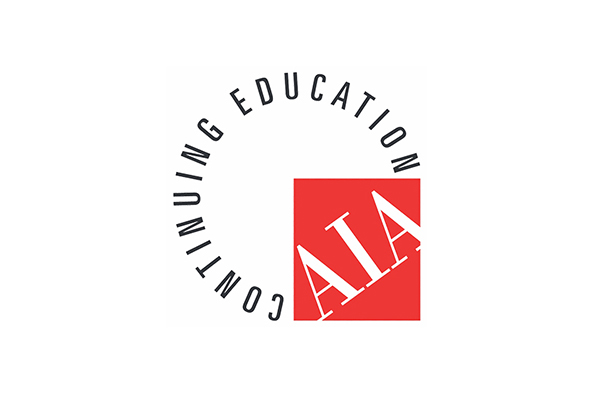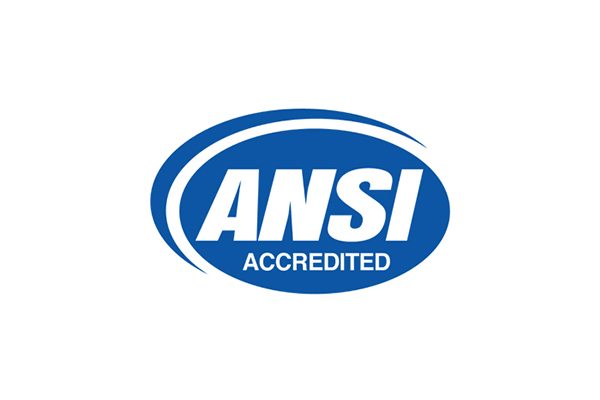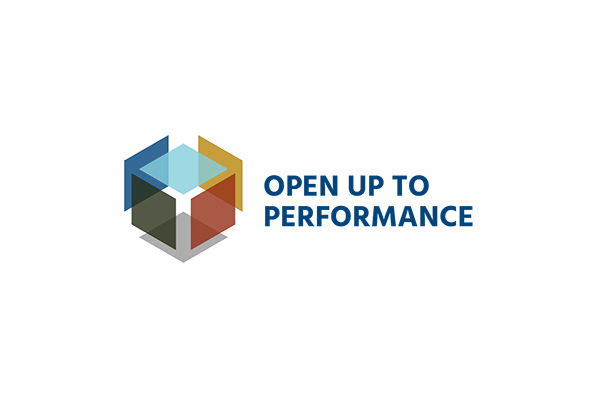|
John Crosby, President and CEO
February 17, 2025
On February 13, WDMA staff helped kick off the first-ever cross-industry advocacy coalition of construction-related associations. For 15 years, I have held on to the belief that our industry has so much opportunity to work together. Yet here we were, talking to staff from AGC, AIA, ARMA, LBA, MHA, NAA, NAHB, NLBMDA, NMHC, NSSGA and, for good measure, Habitat for Humanity. The chief topic of the conversation was how tariffs are affecting our respective members. However, coalition members could see the potential collaboration well beyond tariffs. Time will tell if this coalition snowballs into something that reflects the full depth and breadth of construction.
The intersection of housing affordability and workforce development is reaching a crisis point. As labor shortages persist and the cost of living continues to outpace wage growth, businesses and communities alike are feeling the strain. The construction industry—along with policymakers—must step up to address these challenges through both government-driven and market-driven solutions. Everyone on that call last week knew this was really the issue of the moment.
WDMA members have a role to play in this effort. The products we offer influence the affordability, energy efficiency, and livability of homes and buildings. By embracing innovation and growth, we help drive down costs while improving sustainability and performance. We are most vulnerable when we work in a vacuum; industry and policymakers have to step up.
The Policy Side: Smart Government Action
Government policies should encourage housing affordability and workforce growth by reducing financial and regulatory burdens while incentivizing innovation. For 2025, our key areas of focus include:
- Tax Credits for Homeowners and Building Owners – Encouraging energy-efficient renovations, including high-performance windows, doors, and skylights, can make homes and buildings more affordable to operate.
- R&D Tax Credits for Manufacturers – Investing in sustainable materials, smart home technology, and advanced manufacturing processes is costly but necessary. Tax incentives can accelerate innovation, leading to more affordable, efficient, and durable products.
- Bonus Depreciation for Manufacturers – This innovative tax benefit was implemented in the 2017 Tax Cuts and Jobs Act. Renewing it as part of a 2025 tax reform package would boost our industry’s ability to deliver on housing affordability.
- Job Skills Training and Workforce Development Funding – Addressing the skilled labor shortage requires investment in trade education, apprenticeships, and vocational programs that equip workers with expertise in construction, fenestration, and energy-efficient building design.
- Regulatory Reform and Standardization – Streamlining building codes, permitting processes, and efficiency regulations can reduce barriers to construction and renovation, making it easier and more affordable to bring new housing stock to market.
- Lower Barriers to Free Trade – Trade restrictions on essential raw materials and components drive up costs for manufacturers, ultimately making housing more expensive. Reducing tariffs and trade barriers can keep supply chains moving efficiently and help stabilize pricing.
The Market Side: How the Industry Can Lead
While government action is important, manufacturers must also take the lead in market-driven solutions that directly impact housing affordability and workforce sustainability. Strategies could include:
- Scaling Up Energy-Efficient Products – We can commit to improving affordability of, and accessibility to, high-performance windows, doors, and skylights. This can be our way of reducing long-term housing costs while making sustainability a priority.
- Advancing Prefabrication and Modular Construction – Prefabricated building components, including advanced fenestration systems, can reduce labor costs and shorten project timelines, helping to make housing development more efficient.
- Strengthening Supply Chain Resilience – Together, we can diversify sourcing, increase domestic production where feasible, and adopt lean manufacturing principles to prevent cost spikes from supply chain disruptions.
- Investing in Smart Technology and Automation – Automated, self-tinting windows, integrated ventilation solutions, and AI-driven energy management don’t have to be radical concepts with no viable path to market. Together, we can enhance building performance and lower utility costs, making housing more sustainable and affordable over time.
- Partnering with Workforce Development Programs – Engaging with technical schools, apprenticeship programs, and industry training initiatives can help ensure a steady pipeline of skilled labor, benefiting both manufacturers and the broader construction industry.
|





